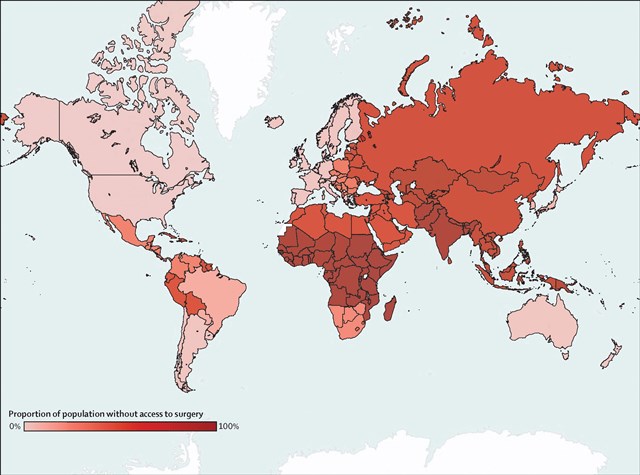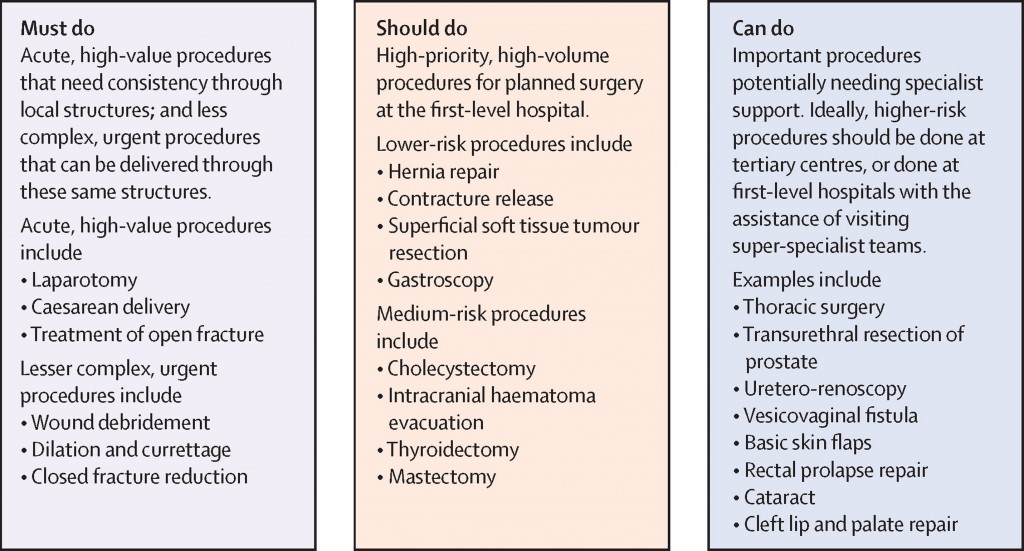At the dawn of the Sustainable Development Goals (SDGs) – which ushers in 17 new goals in a global agenda to “end poverty, protect the planet, and ensure prosperity for all”, most countries will be realigning their national development goals to be in tune with these global goals to realize specific targets over the next 15 years. As a researcher, one thing will soon become obvious in the midst of this global effort to bring about change – that is future research grants will be awarded primarily around these 17 SDG goals. An important question – “how your research fits in this global agenda?” arises for you and other PhD researchers who will soon be applying for these grants to drive your respective fields forward with whatever piece of the bigger science puzzle you will be solving.
It will not be an easy task to find one’s footing in the fast changing terrain of global goals and priorities, and Dr Liz Grant of the Global Health Academy at Edinburgh University is not shy to point this out. But, thankfully, not without some pointers to a way forward. Dr Grant has had extensive research experience at the level of Global Health with her many years of research in palliative care around the globe. In her talk on the ‘Impact of PhD Researchers on Global Health’ which she delivered at the Global Health PhD Network event in October 2015, she had a lot to share.
In a talk that was neatly supplemented with real life examples of her own research, Dr Grant carefully led the thoughts of the PhD researchers in the room on a number of issues, which in her opinion will soon become important in their researching career in the light of the new SDGs.
Top of her list was the need for PhD researchers to start thinking of where to find other pieces of evidence for their research. “What matters in your PhD”, she said, “is pulling materials from connected disciplines and connected areas and making sure you draw them in – use the materials out there…network pieces of information together”. In truth, that is how science works in our day through extensive bridge building across multiple disciplines and you probably have come across this a number of times already in your field. The rewards of this approach is long term and may not be immediate which in the little time space of a PhD makes it appear impractical. But in Dr Grant’s view, your research questions are still questions because there have not been enough conversations around them for others before you to have answered them. This is a brilliant way to look at things because in a way it challenges you to start expanding the discourse around your research to span more than just the area of your interest, to generate interest in other relevant fields.
But what good might all that knowledge you obtain as a result be, if not for the good of mankind. “Knowledge for knowledge sake is wonderful”, she says, “but knowledge to make a difference is why you are here and why I am here and why the university is here”. The message here is pretty simple – don’t let your PhD be only just another addition to the vast collection of information sitting on shelves around the world and only collecting dust. But it should be one that works and makes a difference. And she thinks you can achieve this by starting to think about your PhD research in terms of who the constituents are (i.e. those directly affected by what you are doing), how you will engage the public on important issues like the burden of the problem you are dealing with or trying to help solve, and also the economics involved and equally importantly why your research needs to be prioritised in the face of other competing research.
Huge task, but is it beyond you? Of course not. A big step forward in making any of the impact that would make your PhD research matter is through advocacy. Because the impact is kind of often seen through advocacy, she said, in doing things like, writing blogs, getting local workshops, and communicating what you are studying to people who have the connections to make things work. “People built systems and people can take it down,” she says in reference to the perpetual ‘brick walls’ of resistance that bureaucracies will mount on your path. Keep talking to as many people as possible and never ever underestimate the power of networking because you can change things in partnerships.
In bringing all this home, Dr Grant urges PhD researchers to think once again about their PhD and ask themselves what are the core components of what they are doing. For instance in her own research in palliative care then this would be about the core components of a health care system. Ask yourself if your research is around the core components. If not, what can you do to create the conditions necessary for change? Are you getting the right materials at the right time to create these conditions? And will these conditions support a sustainable system? Also what is the national architecture like in your country that will mean your piece of research can fit in. Answers to these questions and a lot more which couldn’t fit in this piece are what in Dr Grant’s expert opinion would make your PhD make an impact.
“Never forget why we research, you and I – it’s our communities, it’s our families, it’s people.” Dr Liz Grant
Dr Grant’s talk was preceded by a lively PhD poster session that saw four PhD students from the University of Edinburgh present their research work from four different regions around the globe. The first poster by Sara Valencia looked at vaccine trials in Southern and Central America (Colombia, Brazil and Mexico). A second poster that looked at the prevalence of Non-communicable Diseases and the entitlement to and the use of health services in the Gaza strip was presented by Majdi Ashour. Mkululi Wami presented the findings of a research work he carried out in Sub Saharan Africa in Zimbabwe which used antibody responses based on parasite egg counts to estimate infection prevalence of schistosomiasis in young children. The last poster was presented by Ai Oishi on a research that sort to identify patients for palliative care approach in primary care settings in Japan.
The Global Health PhD Network started, in October 2014, as a student-driven interest group within the Global Health Society, University of Edinburgh, with the express aim of bringing together like-minded postgraduate researchers from the three colleges in the university for research sharing, knowledge and skills exchange, networking and shared global health career development. The Network has hosted a series of events during the past year to bring together PhD researchers in the university to listen to and to share thoughts on important issues surrounding global health. And their most recent event (the one I just described) was yet another opportunity for the Network to reiterate its vision of creating an environment that supports and promotes cross-disciplinary networking by inviting PhD poster presenters from all three colleges of the university.
Again, looking back at some of the key points in Liz’s talk on the importance of networking and advocacy for PhD researchers, you realise that the Global Health PhD Network has its priorities well placed, doing things right as it should be and is already on the right bus into the future.
Richard F Oppong, Institute of Evolutionary Biology, University of Edinburgh





 Latest tweets
Latest tweets